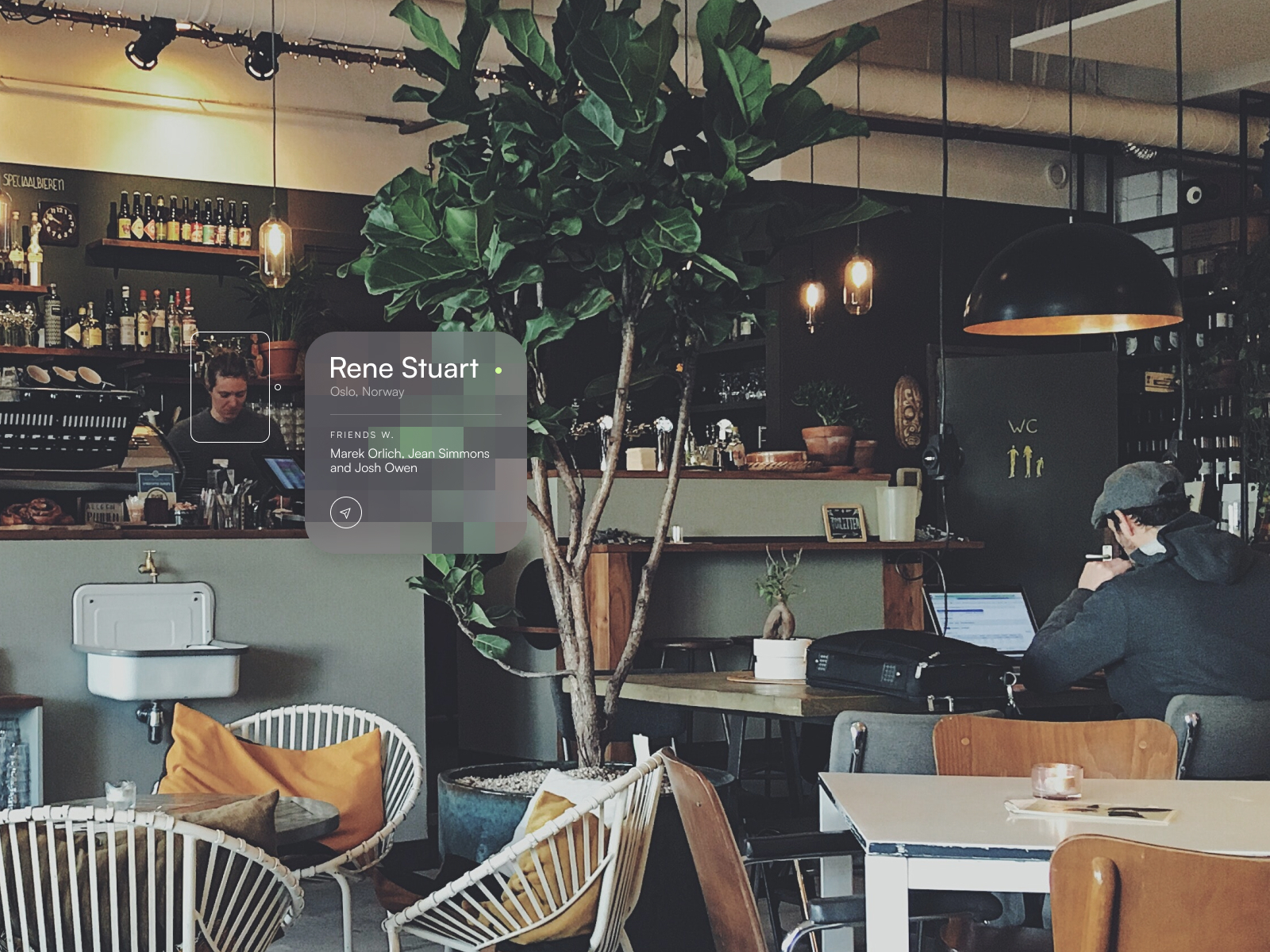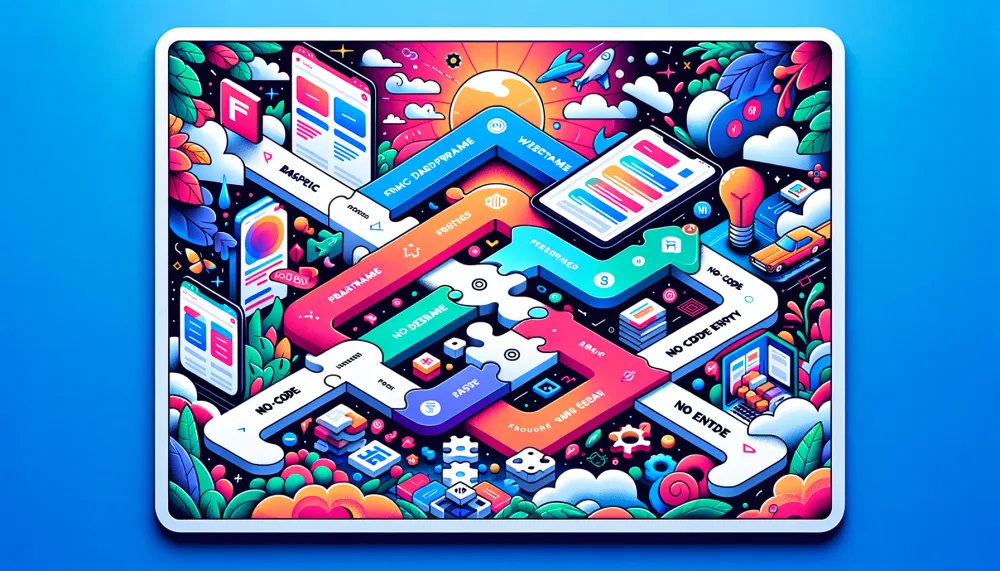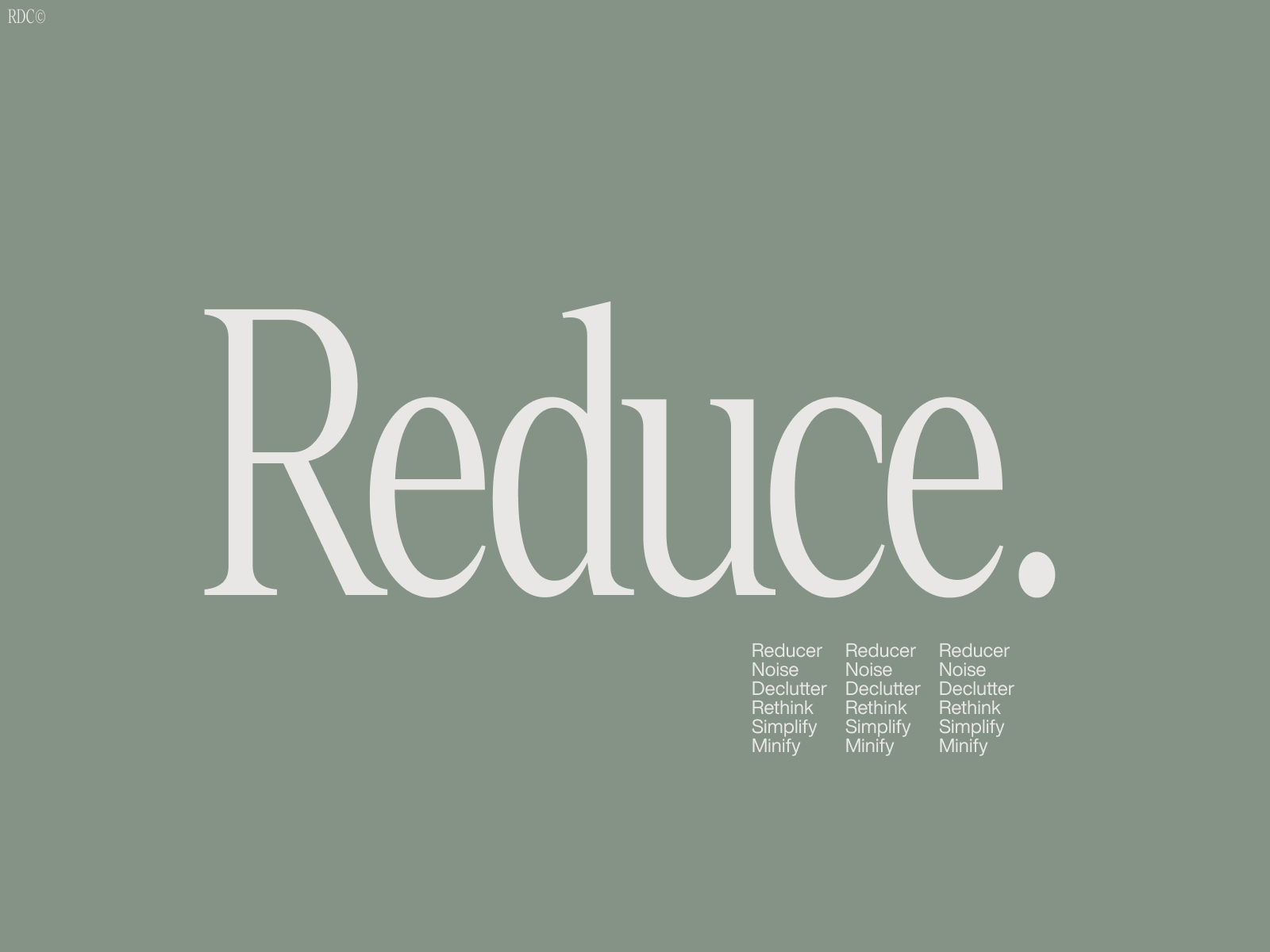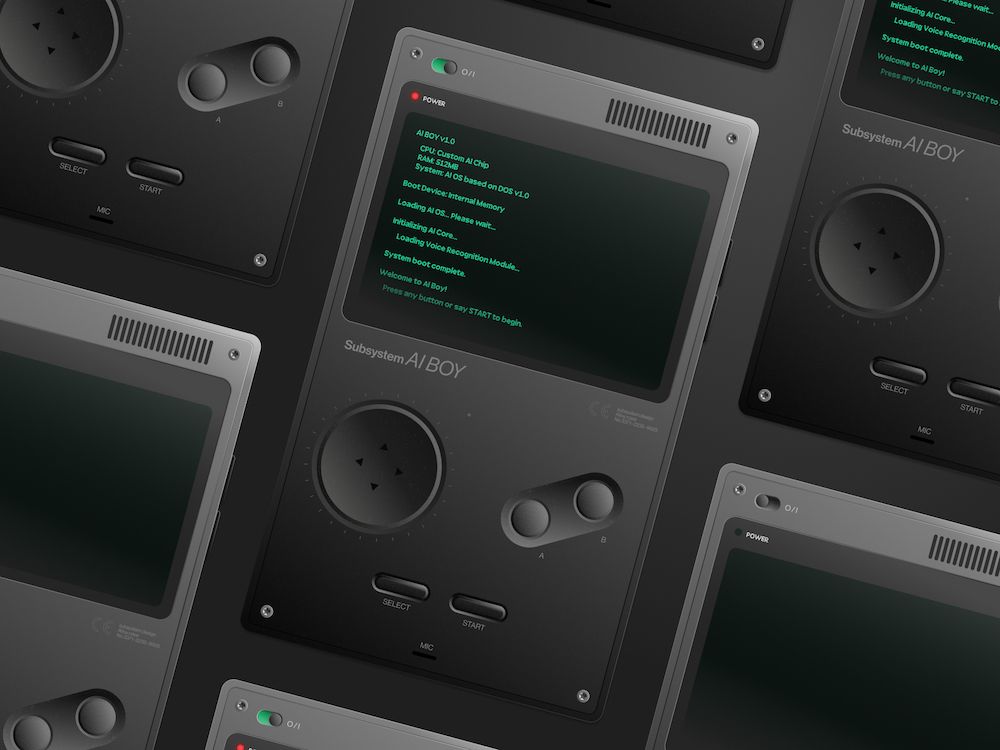Hey there, AI and SaaS pioneer! 🚀 If you're reading this, chances are you've built something that's nothing short of amazing. But let's face it, even the most groundbreaking algorithms and software can't shine without stellar design.
That's where this guide comes in. We're diving deep into the labyrinth of hiring and managing an in-house design team—your very own design Avengers, if you will. From identifying the right talent to fostering a culture of creativity, we've got you covered. So buckle up, because we're about to turn that "Design Wall" into a stepping stone!Where do i Find Designers for my Project?
We know the drill—you've built something remarkable, you've scaled it, and now you've hit that “Design wall”. We feel your design challenge as we’ve been there and managed to navigate through it for our clients. Now, we're here to help you do the same.
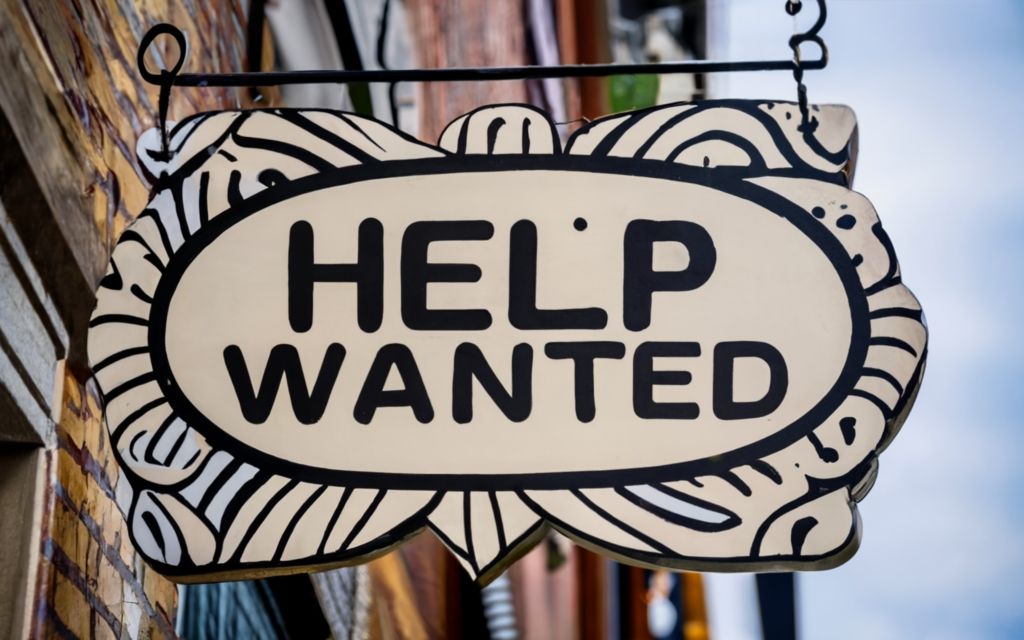
When Design Moves from the Backseat to the Front
You're in the fast lane of growth, or perhaps you're revving up for a game-changing product launch. Suddenly, it dawns on you: your design isn't just lagging behind—it's might be holding you back soon.
Gone are the days when design was merely a finishing touch; it's now your key differentiator to outshine the competition and win users. Why Design is a Competitive Advantage
Imagining the seamless user interface, the eye-popping visuals and those five-star reviews on producthunt. It’s thrilling, but hold on; there’s that other side of it — the uncertainty of turning this vision into reality. And keeping it going in the future. It’s tough.
The thrill of it can sometimes cloud your judgment. It's best to balance this excitement with a dose of reality.
Let’s consider the options and try to give you an overview of what you may expect.
The In-House Hiring “Conundrum”
Your first thought might be to set up an in-house design team. It seems like the most straightforward path to having complete control and alignment with your company’s culture and vision.
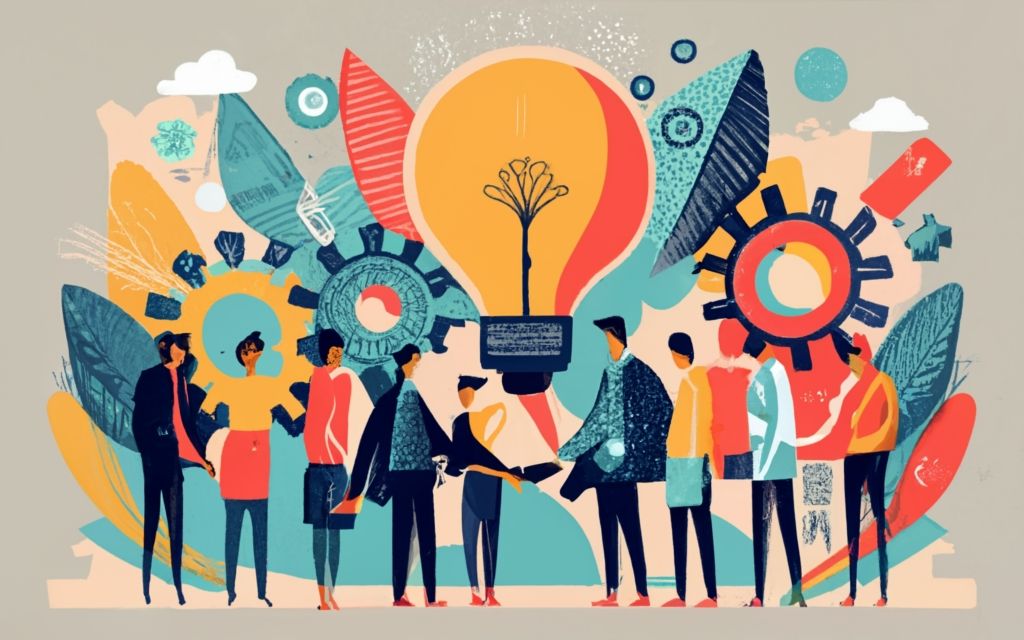
Setting up an in-house design team can be a great way to achieve that, which presumes that you:
- Assign the right people: Someone who understands the client's needs, effectively communicates to the creative team, keeps in mind that in-house designers receive projects from multiple stakeholders and need to manage feedback and deadlines across different areas
- Structure your team: Centralized, decentralized, or hybrid models. Consider the pros and cons of and choose the one that best suits you
- Foster a creative company culture: One that fosters accountability, ownership, quality, and makes sure the work gets done.
- Ensure brand consistency: In-house designers are guardians of the brand, and their deep knowledge of the business and the brand can help to create designs that are aligned with the brand identity, resulting in consistent and cohesive visuals.
- Respect the in-house design team's expertise: The in-house design team is a wealth of knowledge about the company culture, the industry, and the product you're working together to build. Respect that expertise and work collaboratively with them to achieve your goals.
Having said that, hiring, building and growing your in-house team is what is challenging in reality. Here's a checklist to guide you through the maze of hiring the ideal designers for your team.
Assign the Right People: The Designer Checklist
- Business Acumen: An understanding of how design impacts business metrics like user engagement and conversion rates. Designers obsessed with their impact on revenue and profit are the ones most eager to get to work.
- Team Player: The ability to collaborate effectively with developers, product managers, and other designers.
- Communication Skills: Must be able to articulate design choices clearly to both team members and stakeholders.
- Problem-Solving: The ability to approach design challenges creatively and find innovative solutions.
- Visual Design: A keen eye for aesthetics, including color theory, typography, and layout.
- UX/UI Expertise: A strong understanding of user experience and user interface design principles.
- Technical Proficiency: Familiarity with design tools like Adobe Creative Suite, Sketch, and Figma is a must, but it's the last on our list for a reason.
The Checklist:
- Trial Project: Consider a small, paid project to evaluate the candidate's skills in a real-world setting.
- Reference Checks: Have past employers or colleagues vouched for the candidate's skills and reliability?
- Cultural Fit Interview: Does the candidate's work ethic and philosophy align with your company culture?
- Technical Test: Can the candidate complete a design task using the tools your company employs?
- Portfolio Review: Does the candidate's portfolio align with your company's design needs? But remember, a portfolio is just the tip of the iceberg.
As designers, we are always merging perspectives to do more than just designing widgets and apps to make them visually pleasing.
Designers are that are obsessed about their impact on revenue and profit of the product are the ones most happy to get to work.
That is why “Business acumen” is at the top of my list. You need people that understand “the why” behind the company and your product.
Structure Your Team: Centralized, Decentralized, or Hybrid?
Before you even start hiring, it's crucial to decide on the structure of your design team.
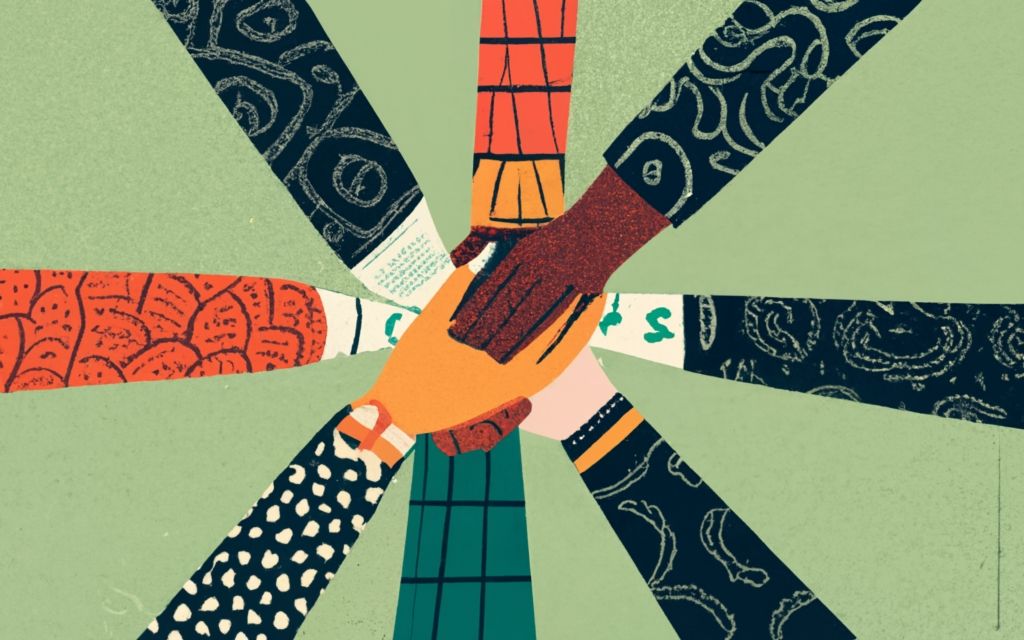
The structure you choose can significantly impact how your team collaborates, innovates, and ultimately, how successful your design initiatives will be. Here are the three primary models to consider:
Centralized Model:
Pros:
- Unified Vision: A single team works on all projects, ensuring brand consistency.
- Resource Efficiency: Easier to allocate resources and manage workloads.
Cons:
- Limited Business Unit Focus: The team may lack deep expertise in specific business areas.
- Potential Bottlenecks: A centralized team can become a bottleneck if overloaded with requests.
Decentralized Model:
Pros:
- Business Unit Expertise: Designers are embedded in different business units, gaining specialized knowledge.
- Quick Turnaround: Faster decision-making and project execution.
Cons:
- Brand Inconsistency: Risk of diverging from the brand's visual and UX guidelines.
- Resource Redundancy: Potential for duplicated efforts across teams.
Hybrid Model:
Pros:
- Best of Both Worlds: Combines the brand consistency of a centralized model with the business unit expertise of a decentralized one.
- Flexible Resource Allocation: Easier to shift resources where they're needed most.
Cons:
- Complex Management: Requires a fine balance to manage effectively.
- Potential for Conflicts: Risk of disagreements between centralized and decentralized team members.
Action Steps:
- Assess Your Needs: What are your primary goals? Speed, brand consistency, or specialized knowledge?
- Pilot and Iterate: Consider starting with a small team and iterate on the structure as you grow.
- Regular Check-ins: Periodically reassess the team structure to ensure it aligns with your evolving business needs.
By carefully considering the pros and cons of each model, you can choose a team structure that not only fits your current needs but also scales with your business.
Foster a Creative Company Culture: The Secret Sauce
Creating a culture that fosters creativity isn't just a "nice-to-have"; it's a necessity for any in-house design team. A creative culture can be the difference between a team that merely executes tasks and one that consistently innovates. Here's how to cultivate that environment:
Key Elements:
- Psychological Safety: Create an environment where team members feel safe to express their ideas without fear of judgment. This is the foundation of creativity.
- Ownership & Accountability: Empower designers to take ownership of their projects. This sense of responsibility often leads to higher quality work.
- Collaborative Atmosphere: Encourage cross-disciplinary collaboration. Designers should work closely with developers, marketers, and product managers to create holistic solutions.
- Continuous Learning: Offer opportunities for professional development. Whether it's workshops, courses, or conferences, continuous learning fuels creativity.
- Recognition & Rewards: Acknowledge and celebrate creative achievements. This not only boosts morale but also encourages further innovation.
- Work-Life Balance: Overworked designers are rarely creative. Ensure a healthy work-life balance to keep the creative juices flowing.
Action Steps:
- Regular Brainstorming Sessions: Make it a habit to brainstorm ideas as a team. This fosters a culture of collective creativity.
- Open Feedback Loops: Establish a system for open and constructive feedback. This helps in refining ideas and improving the design process.
- Creative Freedom: Allow designers some autonomy in choosing projects or tasks that align with their interests and strengths.
- Team Building Activities: Invest in activities that are not directly related to work but help in building a strong team dynamic. Think of it as "creative cross-training."
By focusing on these elements and action steps, you're not just building a team; you're building a creative powerhouse that aligns with your company's goals and vision.
Ensure Brand Consistency: The Guardians of Your Brand
In-house designers are more than just pixel-pushers; they are the guardians of your brand. Their deep understanding of your business and its ethos allows them to create designs that resonate with your brand identity.
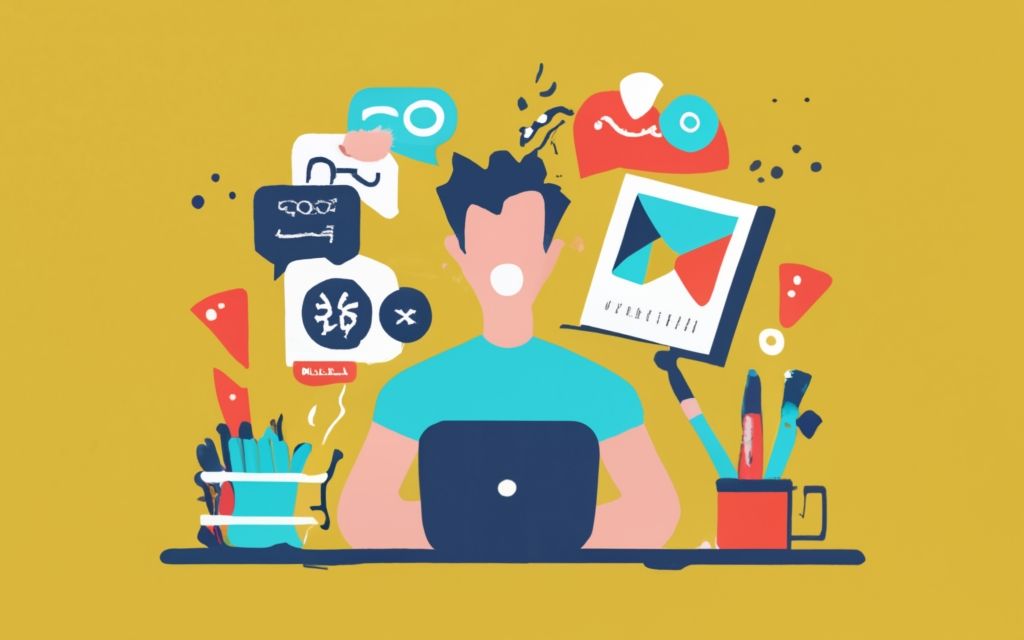
Here's how to ensure that your in-house team maintains brand consistency:
Key Components:
- Brand Guidelines: Establish a comprehensive set of brand guidelines that cover everything from typography and color schemes to voice and tone.
- Design Systems: Implement a design system that standardizes UI components, ensuring a cohesive user experience across all digital touch-points.
- Regular Audits: Periodically review your designs to ensure they align with your brand guidelines. Make this a part of your design team's workflow.
- Stakeholder Alignment: Ensure that all stakeholders, from marketing to product development, understand and adhere to the brand guidelines.
- Ongoing Training: Keep the team updated on any changes to the brand guidelines or design systems. Consider regular workshops or training sessions.
Action Steps:
- Design Review Meetings: Hold regular meetings where the team reviews current and upcoming projects for brand alignment.
- Feedback Loops: Create a system for internal feedback, allowing team members to flag any deviations from the brand guidelines.
- External Audits: Occasionally bring in an external expert to audit your brand consistency. A fresh pair of eyes can often catch things you might have missed.
- Celebrate Consistency: Acknowledge and reward team members who excel in maintaining brand consistency. After all, they're the guardians of your brand's image.
By focusing on these components and action steps, you're not just ensuring brand consistency; you're building a brand legacy that will stand the test of time.
Respect the In-House Design Team's Expertise: The Unsung Heroes
Your in-house design team is a treasure trove of knowledge about your company, your industry, and the product you're building. Respecting their expertise is not just courteous; it's smart business. Here's how to do it:
Key Points:
- Inclusive Decision-Making: Involve designers in strategic discussions. Their insights can offer a different perspective that could be invaluable.
- Clear Communication: Keep the lines of communication open. Transparency about company goals and challenges helps designers align their work with broader objectives.
- Autonomy and Trust: Give designers the freedom to make decisions within their scope of work. Trusting their expertise can lead to unexpected and beneficial outcomes.
- Skill Utilization: Make the most of each designer's unique skills. Whether it's UX research, visual design, or interaction design, let them play to their strengths.
- Career Development: Offer opportunities for growth within the company. This not only retains talent but also helps in building a more skilled and versatile team.
Action Steps:
- Regular One-on-Ones: Schedule frequent one-on-one meetings to discuss project updates, challenges, and opportunities for growth.
- Peer Reviews: Implement a peer review system where designers can critique each other's work. This fosters a culture of continuous improvement.
- Skill-Sharing Workshops: Organize internal workshops where team members can share their expertise with each other.
- Public Recognition: Celebrate the team's achievements, both internally and externally. This not only boosts morale but also positions your designers as experts in the field.
By respecting your in-house design team's expertise, you're not just being a good manager; you're also setting the stage for innovation and long-term success.
The Journey is the Reward
If you've made it this far, give yourself a pat on the back. Building an in-house design team is no small feat, and if you've already accomplished that, hats off to you! 🎩 That's tweet-worthy, blog-post-worthy, and maybe even "call-your-mom-to-brag" worthy.
Alas, the journey doesn't end here. Whether you're just starting to assemble your design Avengers or you're fine-tuning your well-oiled machine, there's always room for growth, innovation, and a few delightful surprises along the way.
So go ahead, celebrate your wins, learn from your challenges, and never stop striving for design excellence. After all, in the ever-evolving world of AI and SaaS, standing still is not an option. Keep pushing the envelope, and who knows? Your design team might just become the stuff of industry legend.
And hey, if you ever hit a roadblock or just want to chat about the latest design trends, we're always here.
Until next time, keep designing, keep innovating, and most importantly, keep being awesome!

